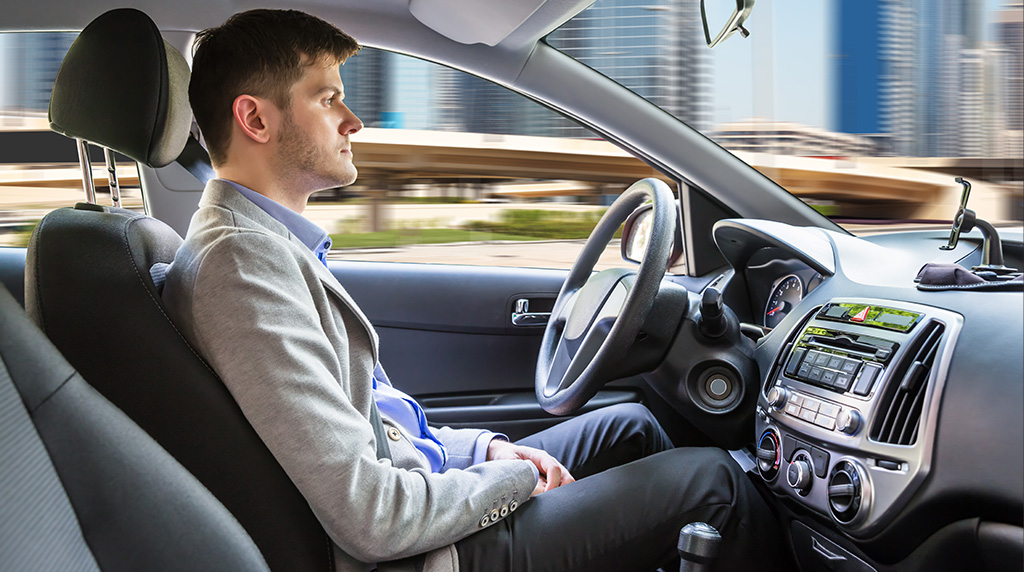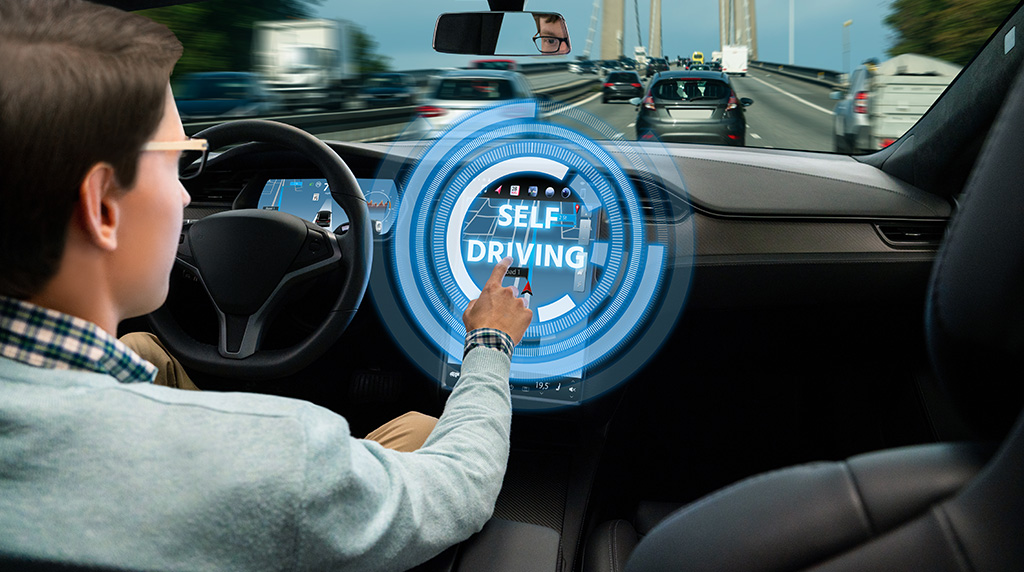In a move that will send shudders through the risk departments of the world’s car makers, the UK stance is that, in autonomous mode, the car maker and not the driver, has legal responsibility for all that happens after autonomous features are selected.
The proposal forms part of a joint report for the safe and responsible introduction of self-driving vehicles in Britain. It states that when a car is authorised by a regulatory agency as having “self-driving features” and those features are in-use, the person in the driving seat would no longer be responsible for how the car drives.
Instead, the company or body that obtained the authorisation would face regulatory sanctions if anything goes wrong. The car maker would also be responsible for exceeding the speed limit, red light offenses and dangerous driving breaches committed in autonomous mode.
The report recommends introducing a new Automated Vehicles Act, to regulate vehicles that can drive themselves and suggests that a clear distinction should be made between features which just assist drivers – such as adaptive cruise control – and those that are self-driving.
The Law Commissions recommend a new system of legal accountability once a vehicle is authorised by a regulatory agency as having self-driving features, and a self-driving feature is engaged.
Under the recommendations, the person in the driving seat would no longer be a driver but a “user-in-charge”. A user-in-charge cannot be prosecuted for offences which arise directly from the driving task.
They would have immunity from a wide range of offences – from dangerous driving to exceeding the speed limit or running a red light. However, the user-in-charge would retain other driver duties, such as carrying insurance, checking loads or ensuring that children wear seat belts.
If the vehicle drives in a way which would be criminal or unsafe if performed by a human driver, an in-use regulator would work with the car maker to ensure that the matter does not recur. Regulatory sanctions would also be available to the regulator.
In the case of autonomous taxis or minibuses, where there is no driver, any occupants of the vehicle would simply be passengers. Instead of having a ‘user-in-charge’, a licensed operator would be responsible for overseeing the journey.
AM Online publication in the UK quoted public law commissioner Nicholas Paines QC as saying: “We have an unprecedented opportunity to promote public acceptance of automated vehicles with our recommendations on safety assurance and clarify legal liability.
“We can also make sure accessibility, especially for older and disabled people, is prioritised from the outset.”
The proposal accepts that modern vehicles have driver assistance systems and that in the future, it sees these features will develop into automation, allowing a vehicle to drive itself – for at least part of a journey – without a human paying attention to the road.
For example, a car may be able to drive itself on a motorway, or a shuttle bus may be able to navigate a particular route.
Thatcham Research, an organisation which was part of the consultation for the Law Commissions’ report, said the issue of self-driving capabilities is “fraught with risk”.
Thatcham’s chief research strategy office, Matthew Avery, said: “In the next 12 months, we’re likely to see the first iterations of self-driving features on cars on UK roads. It’s significant that the Law Commission report highlights driver’s legal obligations and they understand that their vehicle is not yet fully self-driving.
“The driver will need to be available to take back control at any time, won’t be permitted to sleep or use their mobile phones, the vehicle won’t be able to change lanes and if the driver does not take back control, when requested, it will stop in lane on the motorway.
“It is critical that early adopters understand these limitations and their legal obligations.”
Meanwhile a consumer survey carried out by What Car? publication in May last year found that 76 per cent of UK drivers were uncomfortable with the idea of sharing a road with a self-driving vehicle, even in limited use, while 29 per cent thought it was “a good idea”.
The survey was in answer to the UK Government comment that it had estimated that, by 2035, 40 per cent of all cars sold in the UK could feature self-driving technology.
But the What Car? research highlighted a marked lack of understanding about the various levels of assistance such systems could provide to drivers, with just 35 per cent of drivers stating that they knew the difference between Level 1 through Level 6 autonomous vehicles.
The Law Commissions report has been laid before the British Parliament and the Scottish Parliament. It will be for the UK, Scottish and Welsh Governments to decide whether to accept the Commissions’ recommendations and introduce legislation to bring them into effect.
By Neil Dowling














 Read More: Related articles
Read More: Related articles

